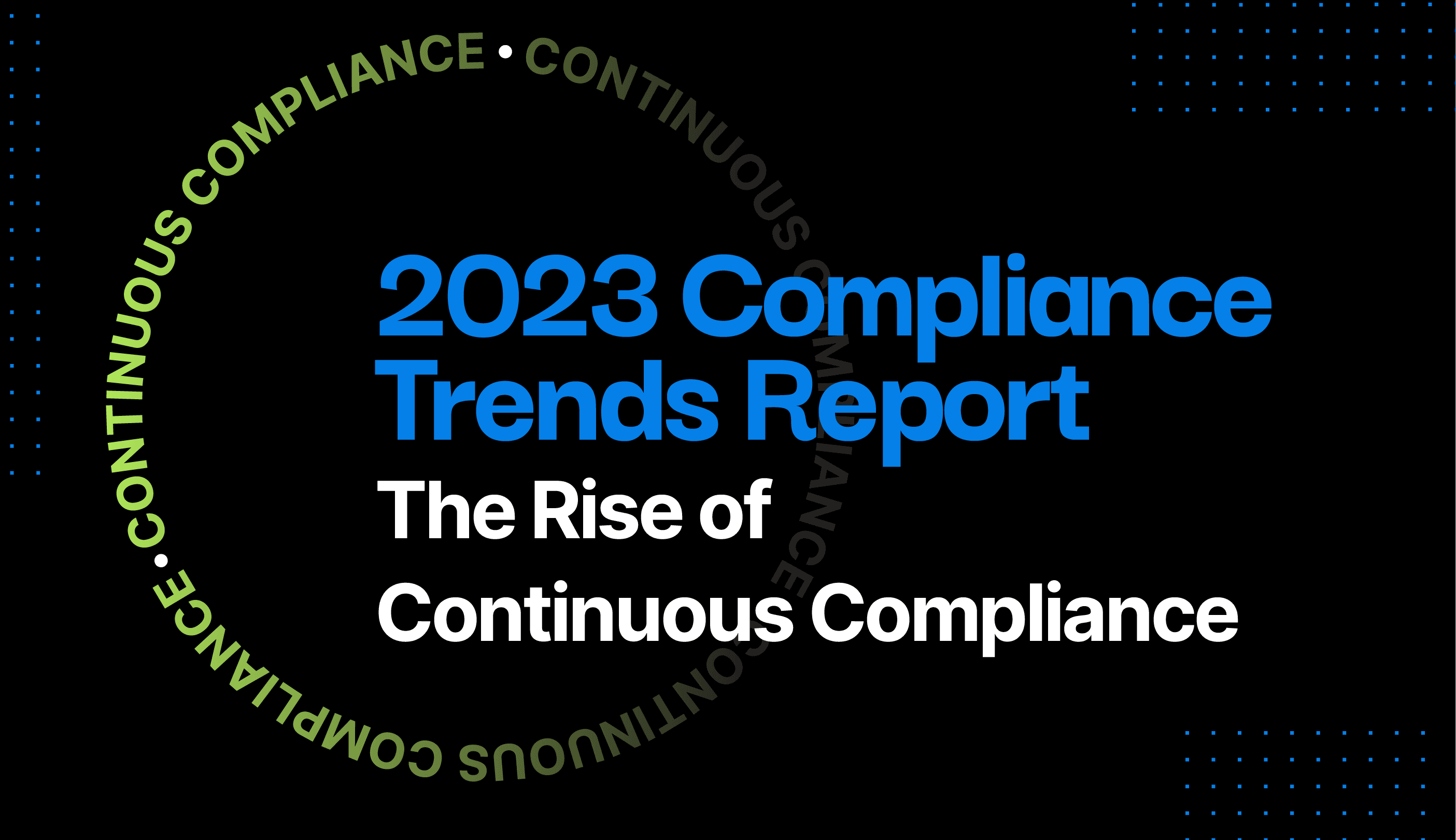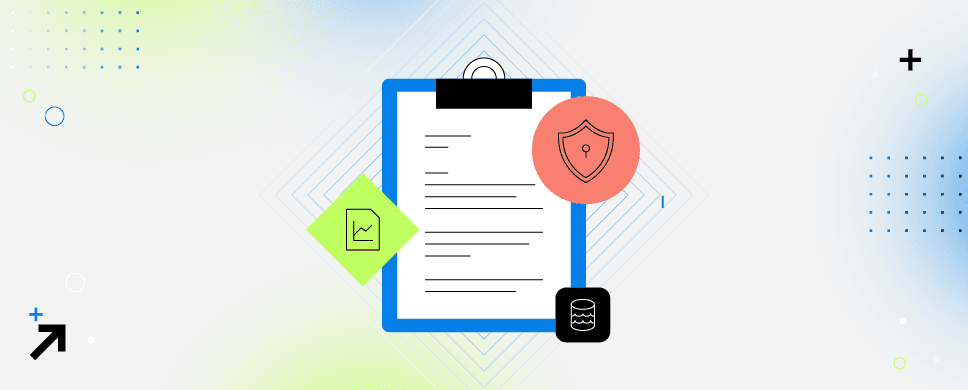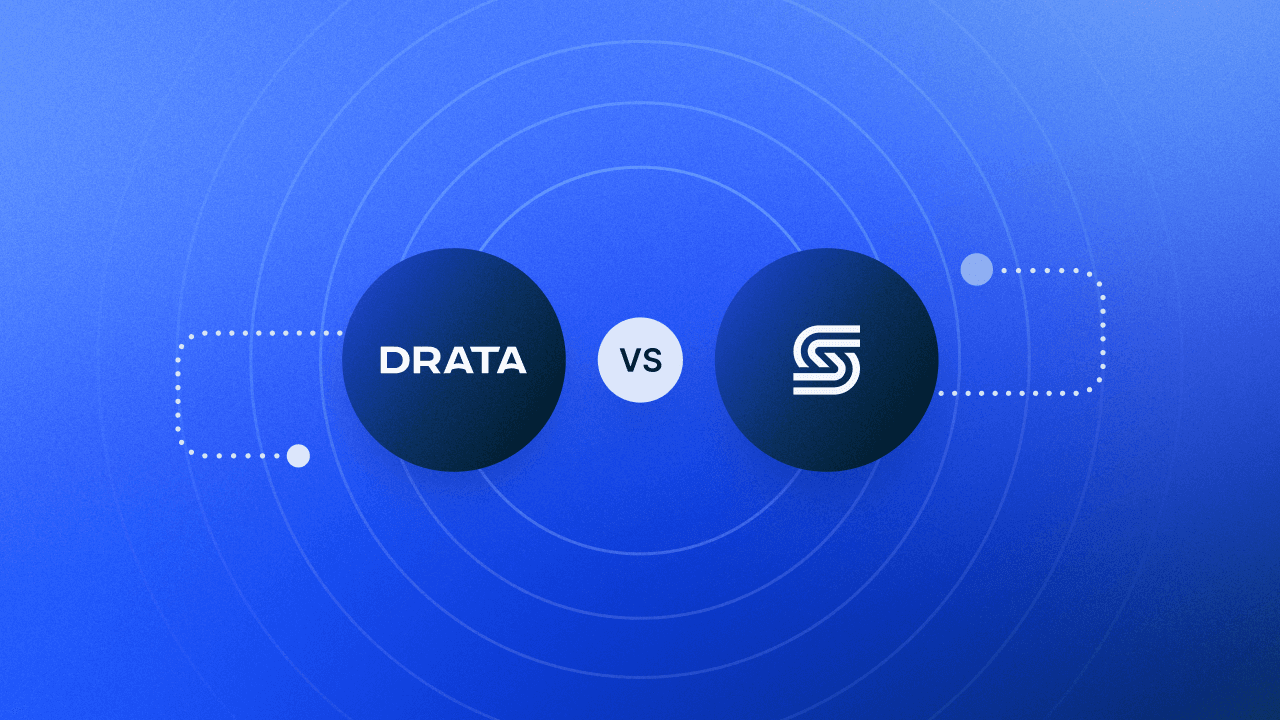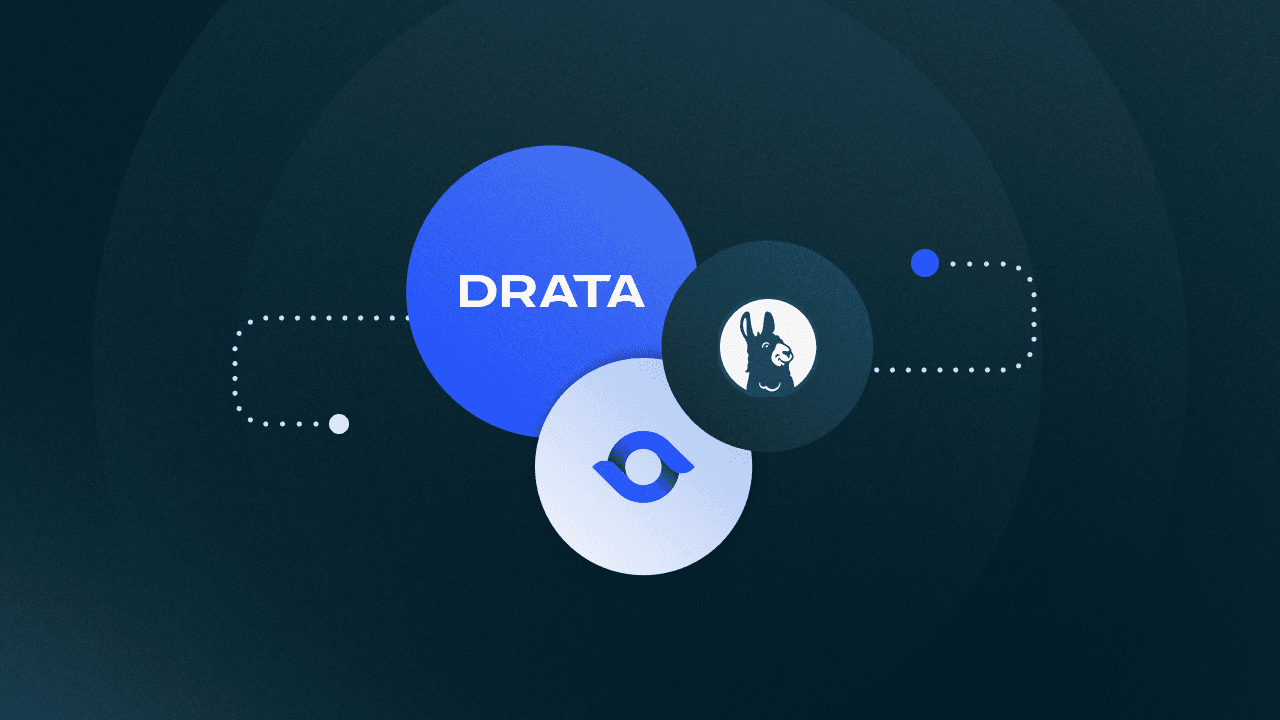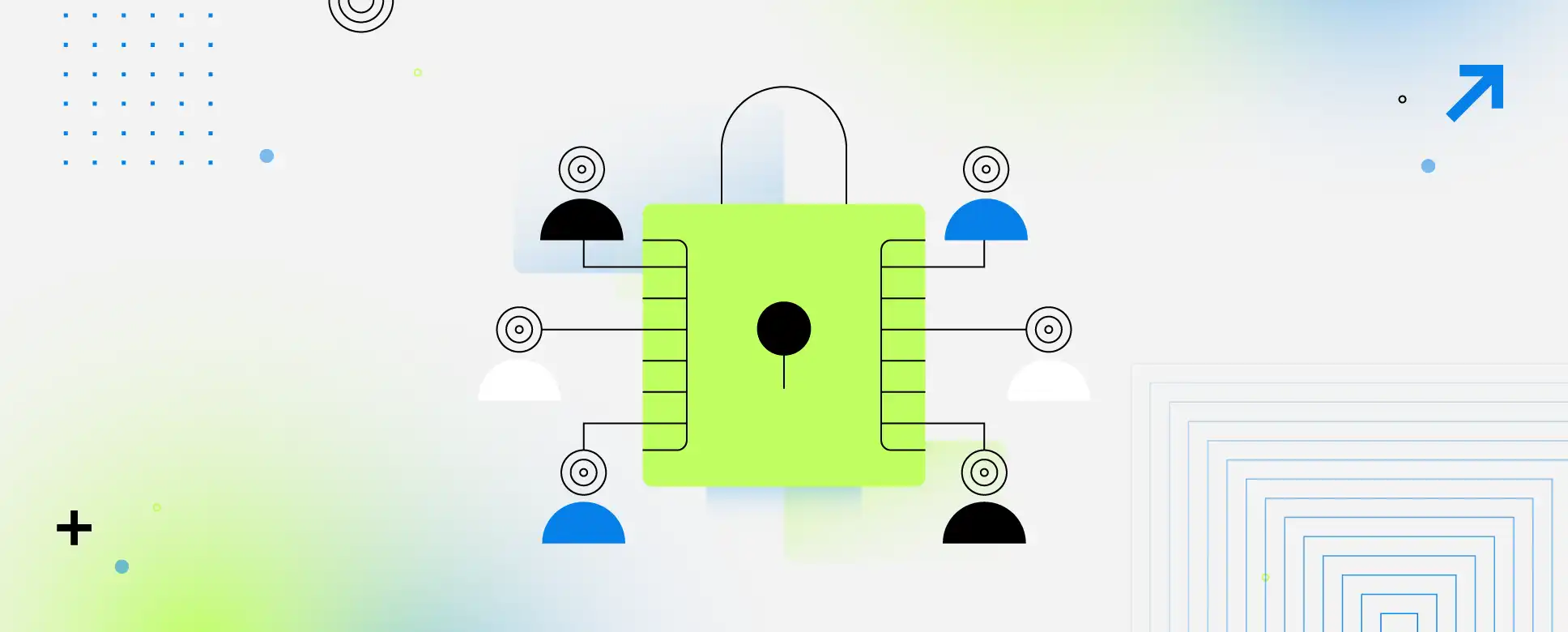14 Free Cybersecurity Tools for Startups
Our team put together a roundup of free cybersecurity tools that are great for startups as they jumpstart their security programs.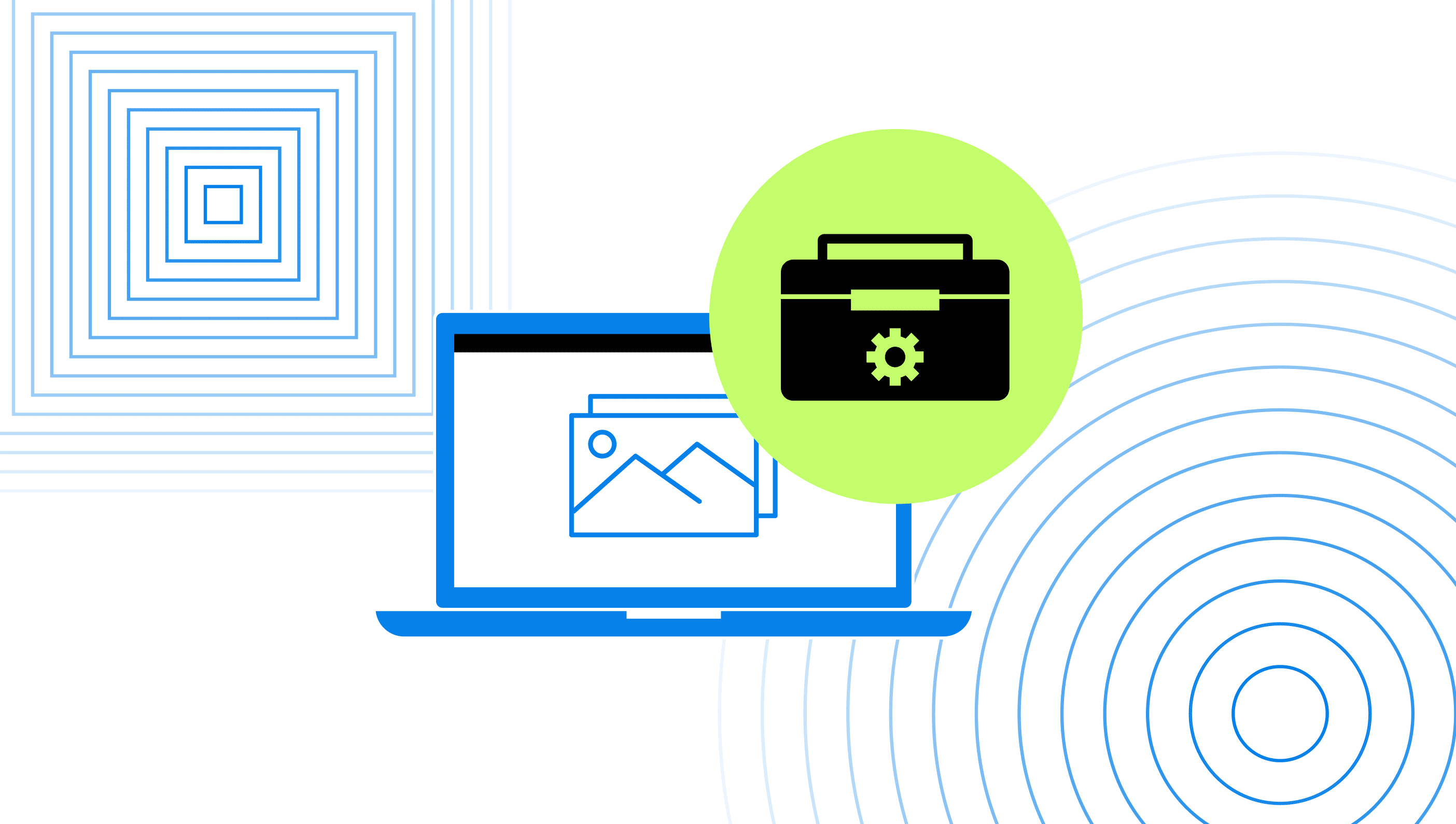
Getting your security program up and running effectively can be costly so our team wanted to share the following list of free cybersecurity tools to potentially help you reduce costs, or at the very least, evaluate the best solutions.
Keep in mind that these tools can be used in various ways, so it’s imperative that they’re configured correctly to ensure that compliance requirements are appropriately met. Read on for our list of top free tools and the various frameworks they may help fulfill.
1. Kali Linux
Kali Linux is a free Linux Distro that is designed for penetration testers and other security personnel. It comes loaded with a number of other free tools, some of which are on this list, all designed to really evaluate the security of a network or device in some form.
If you’re performing security work such as vulnerability scanning, installing Kali Linux on an extra laptop or a VM is a great idea.
Can help fulfill controls for: SOC 2, ISO 27001, HIPAA, GDPR, and PCI.
2. Security Onion
Security Onion is another Linux distribution designed for security, but from a different perspective. Security Onion is meant for enterprise-level security monitoring, threat hunting, and log management. It comes pre-loaded with tools for monitoring and alerting on log events and it integrates with other tools that might not be included very easily.
In addition to running Security Onion as a server, it automatically comes with images to be run on AWS or Azure.
Can help fulfill controls for: SOC 2, ISO 27001, HIPAA, and PCI.
3. Aircrack-ng
Aircrack-ng is a suite of tools which are great for Wi-Fi security assessments and identifying wireless devices.
It’s really a penetration testing tool to test the security of Wi-Fi networks, but thanks to its detector functionality, it can also be useful in identifying rogue wireless devices or networks. This is important for frameworks like PCI DSS which require network scanning to detect rogue wireless devices.
Can help fulfill controls for: PCI.
4. Zeek
Zeek is a tool which is actually designed as a “Network Security Monitor” and provides real-time visibility into network traffic. However, it can also be configured to run as a Network Intrusion Detection System. Zeek is a fantastic tool for users who want to gain more insight into what’s happening on their network.
Can help fulfill controls for: SOC 2, ISO 27001, HIPAA, and PCI.
5. Suricata
Suricata is another Network Intrusion Detection and Intrusion Prevention System. Suricata has some benefits over Snort, such as support for multi-threading.
In addition to those types of features, it’s rule-based, like Snort, and offers compatibility with Snort rules. This lets you leverage the strength of both communities and any rules the Snort or Suricata communities have developed which you might be able to use.
Can help fulfill controls for: SOC 2, ISO 27001, HIPAA, and PCI.
6. OSSEC
OSSEC is a slightly different tool than the ones listed above. It’s a Host-based Intrusion Detection System. This means that it can only perform monitoring on a single device, but it’s an excellent tool for your more critical devices.
Can help fulfill controls for: SOC 2, ISO 27001, HIPAA, and PCI.
7. NMAP
NMAP is an incredibly well-known tool which is used to scan networks. It maps out the hosts on a network and any information it can discover about them by sending network packets to hosts and checking their responses to identify things like which operating systems are running, which ports are open, etc.
NMAP is a great tool for checking network readability, profiling your network to see what ports are really open, and also performing some level of basic scanning.
Can help fulfill controls for: SOC 2, ISO 27001, HIPAA, and PCI.
8. Nikto
Nikto is a well-known tool for performing web application vulnerability scans. Nikto performs this by scanning web servers and has support for over 1200 different web server versions.
Nikto is a good tool for finding potential misconfigurations and also runs with as little “noise” as possible to not disrupt web server activities. It can additionally be extended with plugins which can automatically perform patching for some outdated versions of web servers.
Can help fulfill controls for: SOC 2, ISO 27001, HIPAA, GDPR, and PCI.
9. OpenVAS/Greenbone Vulnerability Scanner
OpenVAS, or the Greenbone Vulnerability Scanner, is an open source vulnerability scanner that was actually created from a fork of the Nessus/Tenable Vulnerability Scanner. By using OpenVAS, you are using the same original base code as Nessus. It’s a fantastic vulnerability scanner that can perform both internal and external scans as well as authenticated or unauthenticated scans.
OpenVAS is also known for specifically providing excellent documentation for the vulnerabilities it identifies. One thing to note though, is that since OpenVAS is completely free, it does require a large amount of configuration to get running. However, once it has been configured, it’s an incredibly useful tool and viable alternative to paid vulnerability scanners.
Can help fulfill controls for: SOC 2, ISO 27001, HIPAA, GDPR, and PCI.
10. OWASP ZAP
OWASP’s ZAP tool is a web application proxy/scanner. As the name suggests, it’s maintained by the OWASP organization who are noted for their “Top 10” vulnerability lists which are common vulnerabilities that every web application should be checked for. But ZAP is a great web application scanner that can also be used as a penetration testing tool.
ZAP can produce reports detailing which vulnerabilities were identified within a web application. Overall it is an easy to use tool which can produce actionable reports to assist in maintaining the security of your web application.
Can help fulfill controls for: SOC 2, ISO 27001, HIPAA, GDPR, and PCI.
11. Avast
Avast is a free antivirus tool which supports both Windows and MacOS and is one of the world’s most popular antivirus products. While it does have paid versions which support additional features, Avast’s free offering is still a great tool to install on workstations to protect them from viruses/malware.
Can help fulfill controls for: SOC 2, ISO 27001, HIPAA, and PCI.
12. BitDefender
BitDefender is another great, free antivirus tool, however, BitDefender’s free edition only supports Windows workstations. BitDefender also has paid editions but the free version is a great piece of software for Windows-only environments.
Can help fulfill controls for: SOC 2, ISO 27001, HIPAA, and PCI.
13. ClamAV
ClamAV is a completely free antivirus tool. It supports Linux, MacOS, and Windows. While it might not have as many features as some other offerings, it’s a viable antivirus tool, especially if you want to stay on one antivirus tool across any workstation in an environment that runs Windows, MacOS, and Linux distros.
Can help fulfill controls for: SOC 2, ISO 27001, HIPAA, and PCI.
14. BitWarden
BitWarden is a completely free and open source password manager that supports Linux, MacOS, and Windows Operating Systems.
BitWarden is an excellent choice for password management rather than creating and memorizing passwords for each account at your organization. BitWarden does have additional, paid versions, but the free/personal edition is perfectly fine to use.
Can help fulfill controls for: SOC 2, ISO 27001, and HIPAA.
Bonus: Code Scanning Tools
Code scanning is a difficult category of tool to recommend because tools are generally language or tech stack specific. With that in mind though, here is this list from OWASP which provides both free and paid code scanning tools.
If your organization needs a code scanning tool, our recommendation is to examine this list for tools that match your tech stack.
Can help fulfill controls for: SOC 2 and ISO 27001.
We hope this list helps kickstart your security program but if you’re ready to automate both security and compliance processes, be sure to schedule a demo with our team.
2023 Compliance Trends Report
Drata surveyed 300 established and enterprise organizations to tap the pulse of the state of risk and compliance. In doing so, we identified related trends, perceptions, and how compliance impacts the business. This year, the primary takeaway is that a mature compliance program will accelerate a business, not slow it down.
